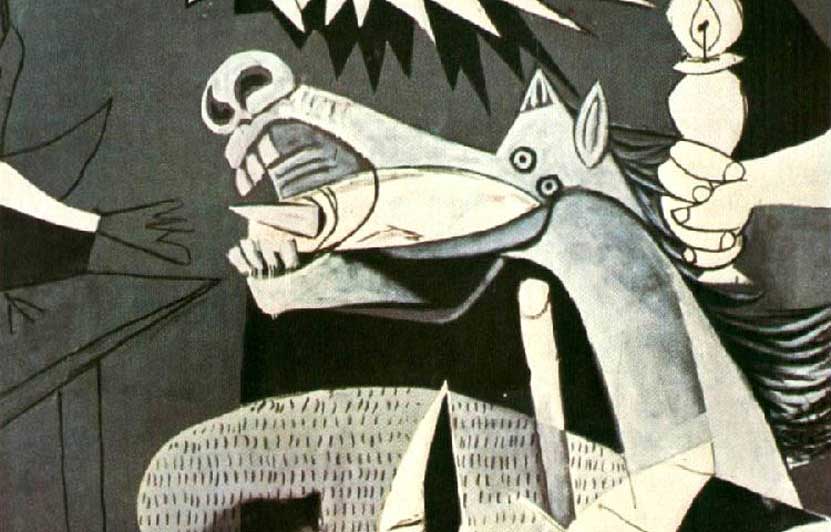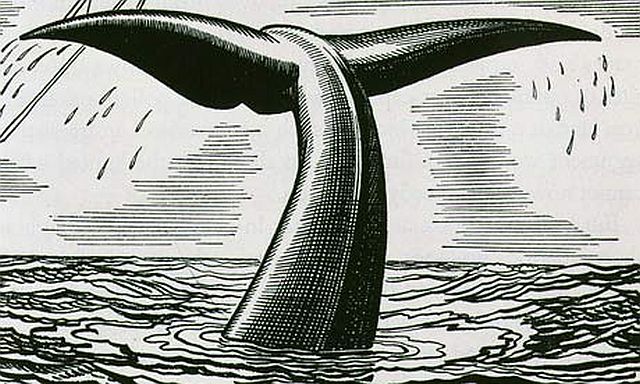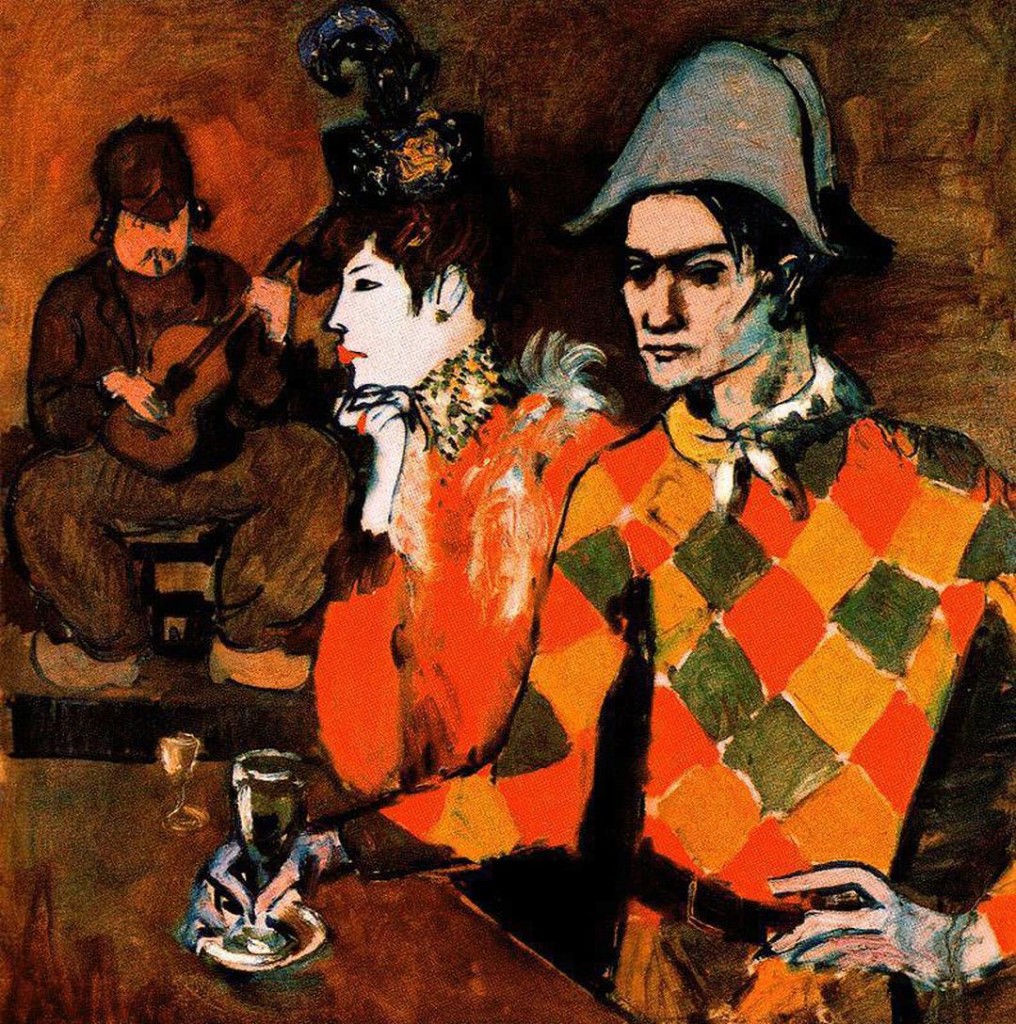
An interview with Lee Rourke by Liam Jones.
Lee Rourke’s work is difficult to summarise, because to summarise it would be to misrepresent it. By exposing the fissure in reality Rourke demonstrates the fallibility of language. Language in Rourke’s novels always seems like an effacement of reality. Despite this his work articulates with clarity a certain loss of meaning in contemporary neoliberal culture. His debut novel, The Canal, deals with boredom and the affect it produces. His latest, Vulgar Things, plays out like a mystery as the protagonist searches for coherency in the life of a relative. It is through this lens we glimpse at the futility of a search for meaning. Influenced as much by theory as he is by fiction, Rourke forces us to question the limits of human understanding and productivity through his narratives. This interview took place via email, between July 2014 and July 2015, with Rourke responding to a list of questions I sent to him.
•
Liam Jones: Repetition seems to play a key role in Vulgar Things. It can be seen most obviously through Uncle Rey’s character but also in Jon, how he also goes into the shed to look at Saturn or listens to the same Dr Feelgood records. When writing did you see repetition as a key way to move the plot and characterisation forwards?
Lee Rourke: Repetition is essentially humour played out through drama (drama in the original Greek sense/meaning of the word: ‘to do,’ ‘an act,’ ‘the thing done’—or, as I like to think of it: a goal): the more we repeat something, the funnier it gets. The aim is to reach that point of comedy. I think it was Hegel who said this (or it might have been Bergson). If we take this into account pretty much anything can be funny—I’m thinking (as I always do) of Beckett’s ‘nothing is funnier than unhappiness’ here. We essentially reach a point where all of this stuff—no matter how miserable, or mundane—becomes funny. It is this exact point, through the repetition of all our petty dramas, we are striving to reach: a point of glorious, maddening humour that helps us to defeat all of the bad stuff. Kafka was all over this premise.





